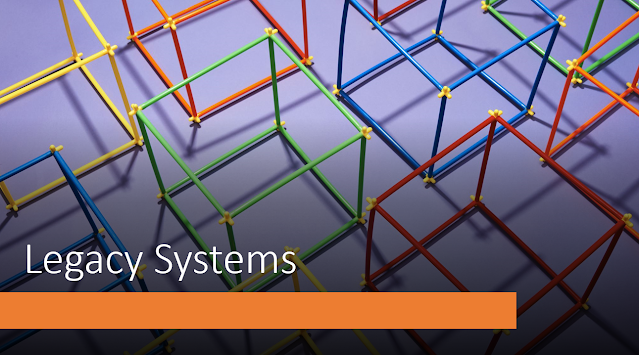I found myself deep in thought today, surrounded by the challenges and opportunities that the institution faced in the realm of technology and education. The setting was a small university with limited resources, nestled within a tight budgetary constraint.
As I gazed upon the idyllic campus, the question of aligning the university's IT strategy with its broader strategic objectives loomed large. The limited budget weighed heavily on my mind. It was akin to managing a household with a tight financial plan. The first step seemed clear - a thorough review of the IT budget was essential. I pondered prioritizing projects that aligned with the core mission of the university while exploring cost-effective solutions like cloud computing and open-source software. In this tranquil academic setting, weaving the IT strategy into the broader mission felt like an important responsibility.
Engaging with university leadership, faculty, and students became as vital as seeking wisdom from neighbors. The essence was in aligning technology with the long-term vision and values of this academic oasis. Collaboration with stakeholders was akin to a community coming together to shape a shared future.
The importance of evaluating expenses and optimizing resources was clear. Expanding the use of technology, like adopting new farming equipment, was a strategic move. Incorporating open-source software and outsourcing non-essential functions felt like a wise approach, similar to pooling resources with neighbors to save costs. However, cybersecurity was a constant concern. Just as protecting the farm from external threats was crucial, maintaining digital security was imperative in this quaint university. The commitment to balancing the books while fostering innovation mirrored the determination to grow crops efficiently.
As I strolled through the serene campus, the importance of cybersecurity was vivid. It was akin to safeguarding the valuables in a small, close-knit community. Comprehensive training for all residents was crucial to ensure the safety of the neighborhood. Strict access control and encryption were like locking the doors and securing valuables. Procedures and legal compliance were the rules and regulations of the community, ensuring everyone's well-being. Strengthening cybersecurity was like reinforcing the town's defenses against potential threats. It was a collective effort, involving everyone to maintain safety.
Replacing or updating legacy systems felt like renovating old, historic houses in the town. It started with a comprehensive assessment, just as one would inspect the old houses for wear and tear. Prioritizing actions was akin to focusing on the most urgent repairs, like fixing a leaky roof before redecorating the living room. The phased approach to system integration resembled the step-by-step process of renovating, ensuring that each phase was thoroughly tested before proceeding. Ongoing monitoring was like conducting routine maintenance to keep the old houses in top shape.
Digital transformation of the university was like introducing modern amenities to the traditional town. Effective prioritization was akin to deciding which improvements were most urgent. Investing in learning management systems, data analytics, and cybersecurity was like upgrading the town's infrastructure - improving the school, enhancing data-driven decision-making, and ensuring security. The iterative approach was like gradually modernizing the town while preserving its traditional charm. It was a delicate balance of progress and heritage.
Enhancing online learning was akin to introducing remote education to the town. Training instructors and fostering a sense of community among online students felt like ensuring that the residents were well-prepared and connected. Feedback mechanisms were similar to conducting regular town meetings to gather input and address concerns. It was about making sure that everyone felt included and supported in this new learning environment.
Data analytics was like using modern tools to improve farming practices. It provided insights into how to optimize resources and improve crop yields. Utilizing external data sources was akin to consulting weather forecasts and market trends to make informed decisions. It was about harnessing data to make farming more efficient and profitable.
To sum up, the challenges and reflections were intertwined with the simplicity of rural life. Just as the town worked together to prosper, an institution needed a collective effort to navigate the complex landscape of technology and education.








Comments
Post a Comment